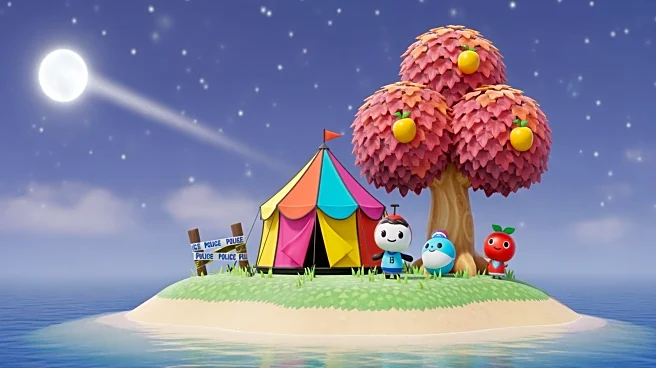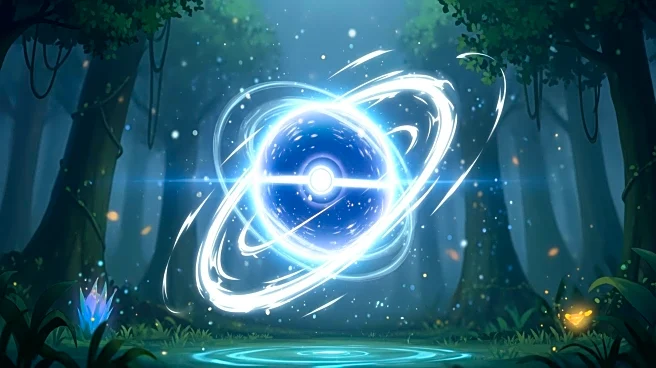What's Happening?
Nintendo's Shigeru Miyamoto has revealed that the strategy behind releasing Pokémon games in two versions was partly to compete with the sales of the Super Mario franchise. This approach, initiated with Pokémon Red and Blue, was designed to encourage
players to purchase both versions, thereby boosting sales. The dual-version strategy allows for unique Pokémon in each game, promoting trading and interaction among players. This model has been financially successful for Nintendo, often resulting in the sale of double packs. The recent Pokémon Legends: Z-A continues this tradition, and upcoming releases are expected to follow suit.
Why It's Important?
The dual-version strategy has significant implications for the gaming industry, particularly in terms of marketing and sales tactics. By encouraging players to buy two versions of essentially the same game, Nintendo maximizes revenue and player engagement. This approach not only boosts sales but also fosters a community of players who interact through trading and sharing experiences. The success of this model highlights the importance of innovative marketing strategies in the competitive gaming market. It also underscores the enduring popularity of the Pokémon franchise, which continues to be a major revenue driver for Nintendo.
What's Next?
As the Pokémon franchise approaches its 30th anniversary, fans anticipate the release of the 10th generation of mainline games, which are expected to continue the dual-version tradition. This strategy is likely to remain a staple in Nintendo's approach, given its proven success. The gaming community will be watching closely to see how these new releases perform and whether they can continue to rival the sales of other major Nintendo franchises like Mario Kart. The ongoing evolution of Pokémon games will also be a key area of interest, as Nintendo seeks to innovate while maintaining the core elements that have made the series so popular.













